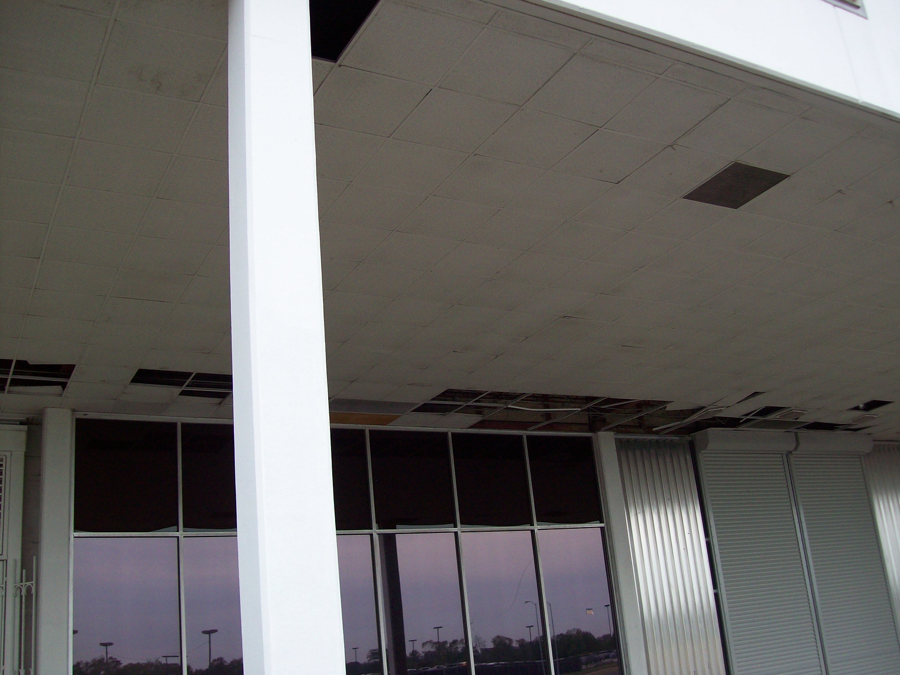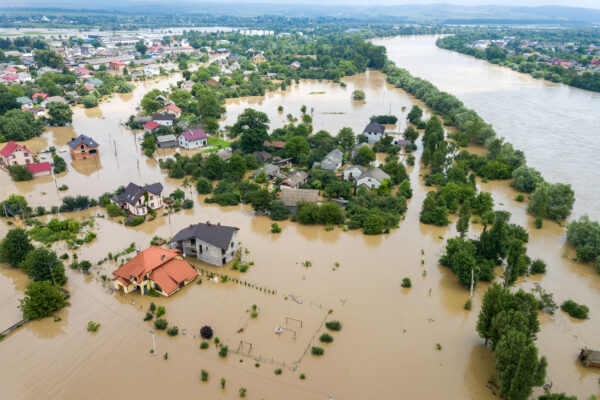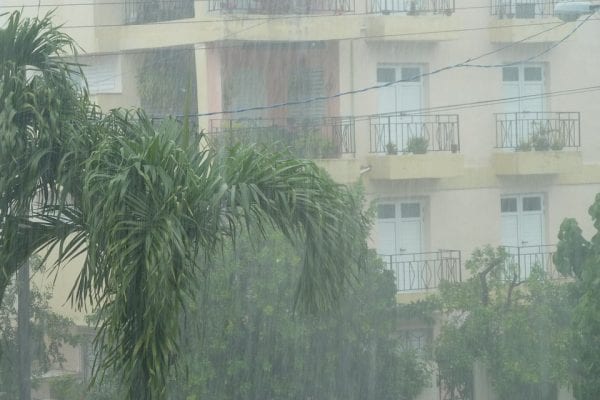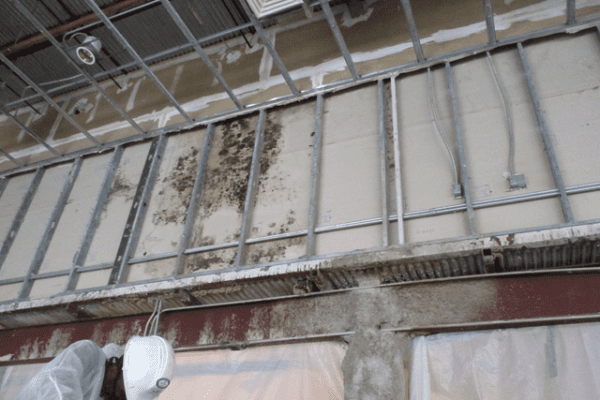This may be a big year for hurricanes, according to experts at The Weather Channel. It’s been ten years since the last major impact, meaning the Southeast Atlantic seaboard has experienced the longest hurricane-free streak since the 1850s. That means we’re overdue, and with a fading El Nino, we may be in for a Big One.
Whenever the next impact occurs, whether it’s this year or two years from now, some companies are going to be better prepared for it than others. Some will struggle to stay in business, some (40%) will go out of business, while others will coast through with minimal distress. And the difference is all in the preparation.
Four Reasons You Can’t Afford to Wait
It may be tempting to wait for disaster to assemble your team. After all, you may not have a problem for another ten years. However, if you stay in business for long, you will eventually face some level of disaster, and when you do, here are four reasons you’ll be sorry you didn’t assemble your catastrophe response team in advance.
One: You may not find anyone to respond to your crisis at all. In the aftermath of a disaster, it’s all hands on deck for response teams, and if their capacity is absorbed by existing clients, they simply won’t be available to help you.
Two: If you do find someone to help you, you will be at the bottom of their priority list. A responsible company will place higher priority on existing clients than on those who come to them only at the time of a crisis, meaning you may wait days or weeks longer than their other clients to get back in business.
Three: You won’t be able to properly vet your catastrophe response team. Guess which teams are most likely to have availability in the middle of a catastrophe? Unfortunately, it won’t usually be the best companies. Either you’ll find someone that is new or doesn’t have a good reputation, and that’s why they have extra capacity despite the disaster, or you’ll find a company willing to overstate their capacity in order to win your business. Of course, you might get lucky and find a great provider at the last minute, but the odds are not in your favor.
Four: Your costs will escalate. For every day that clicks by in the wake of a hurricane disaster, issues inside your buildings will continue to deteriorate. Mold will grow, rust will build, lumber will rot, structural integrity will weaken. Cost to remediate escalates exponentially for every day or week that you wait. Plus, opportunistic providers will charge more in the wake of a disaster, knowing that they’ve got you over a barrel.
Plus, Three Reasons You Really Want to Assemble the Team Now
One: You’ll be back in business ASAP. When you retain a reputable catastrophe response team in advance, they will ensure they have immediate access to the resources to get you up and running as soon as possible.
Two: You can hire the right team. With plenty of time to plan, you can seek providers based on reputation, capabilities, experience, and response times.
Three: You can budget. Once you’ve identified the right catastrophe response team, you can get a clear idea of what your cost will be both to retain the team and in the event of a disaster.
Assembling Your Team
When the time comes, your catastrophe response team will play a determining role in how quickly you get back in business. Choosing well now will pay dividends later. Here’s what to look for.
- A local presence in your area. You want the team on site as quickly as possible, not in a few days later, when they can fly the team in from across the country.
- Availability of resources outside your area. In the event of a major catastrophe, the provider’s own local resources may be compromised by the same disaster that’s impacted you. In that event, you want to know that they can bring in resources from outside the area quickly and effectively.
- Multi-disciplinary capabilities. It’s the nature of disaster that it’s impossible to predict. Even if you know a hurricane is coming, you can’t possibly know whether it will cause flooding, wind damage, electrical fires, mold, mudslides, or any number of other impacts. Your catastrophe response team should have cross-disciplinary experts on staff, including environmental, civil, architectural, electrical and plumbing, and construction, to address whatever the situation presents.
- Ability to interface effectively with other members of your disaster response and business continuity teams. When a disaster occurs, it’s not just your building that’s impacted. You may have employees who can’t get in to work, IT systems that aren’t running, data that has to be restored, and systems that must be put back in place. You want to know that all members of your total response team will work cooperatively to get you back in business quickly.
Will the retreat of El Nino spell disaster for Florida and the rest of the Southeastern United States this year? We sincerely hope not. But if it does, we want you to be prepared to come out unscathed and ready to do business as usual. If you like, you can contact our team right now to discuss your plan.






